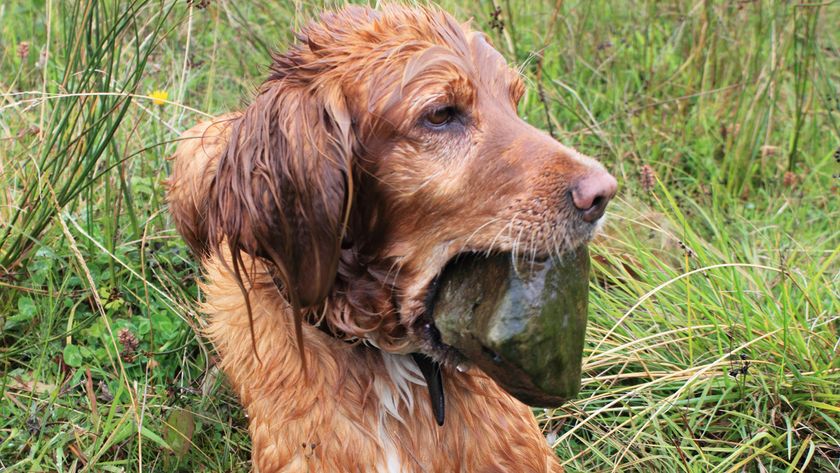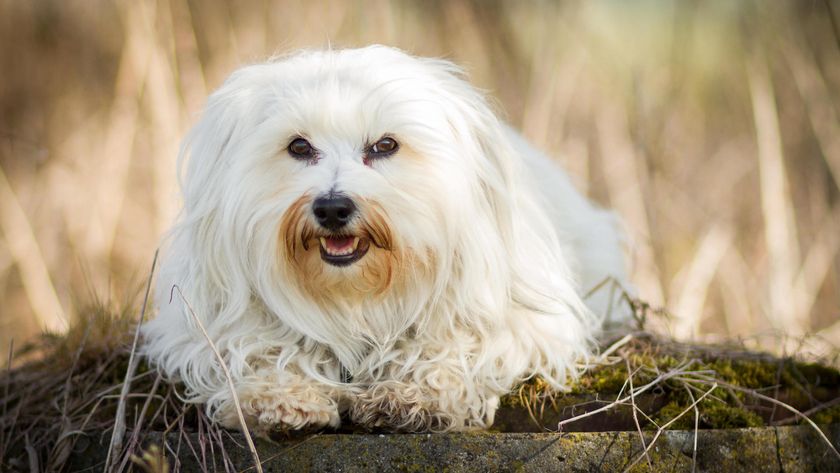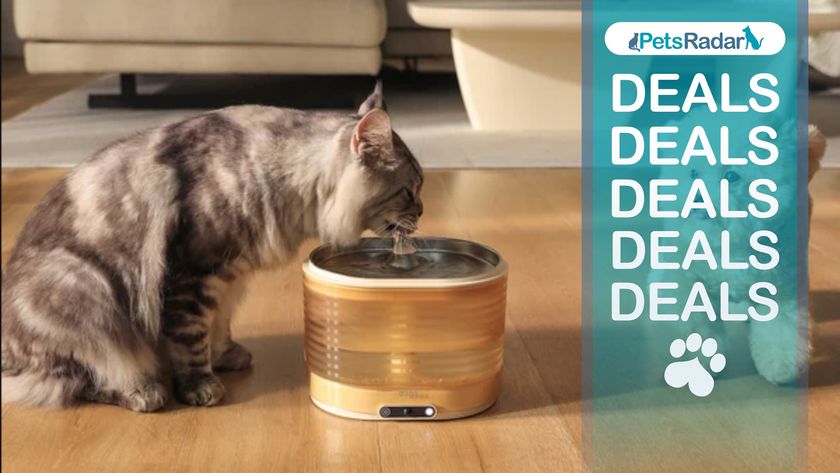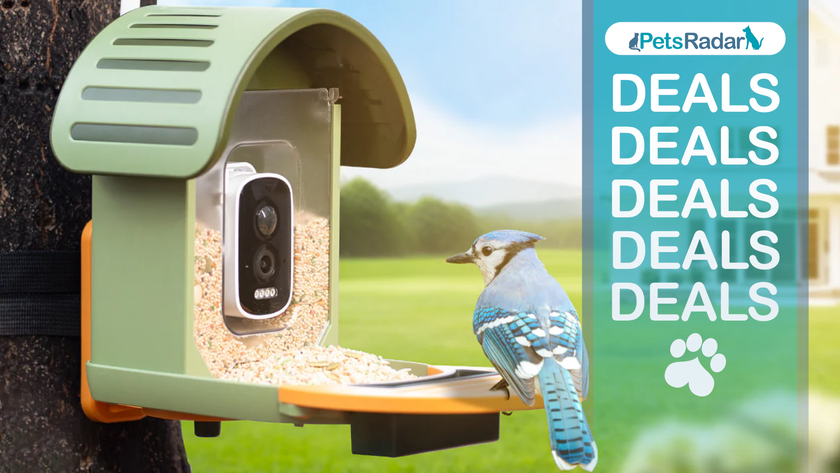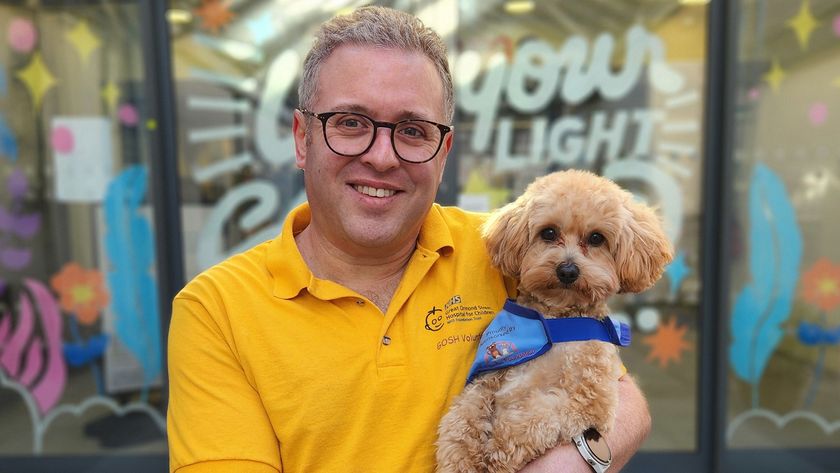Try these four expert-approved treat-delivery methods to keep your dog motivated
Keep things fresh and exciting with these techniques!
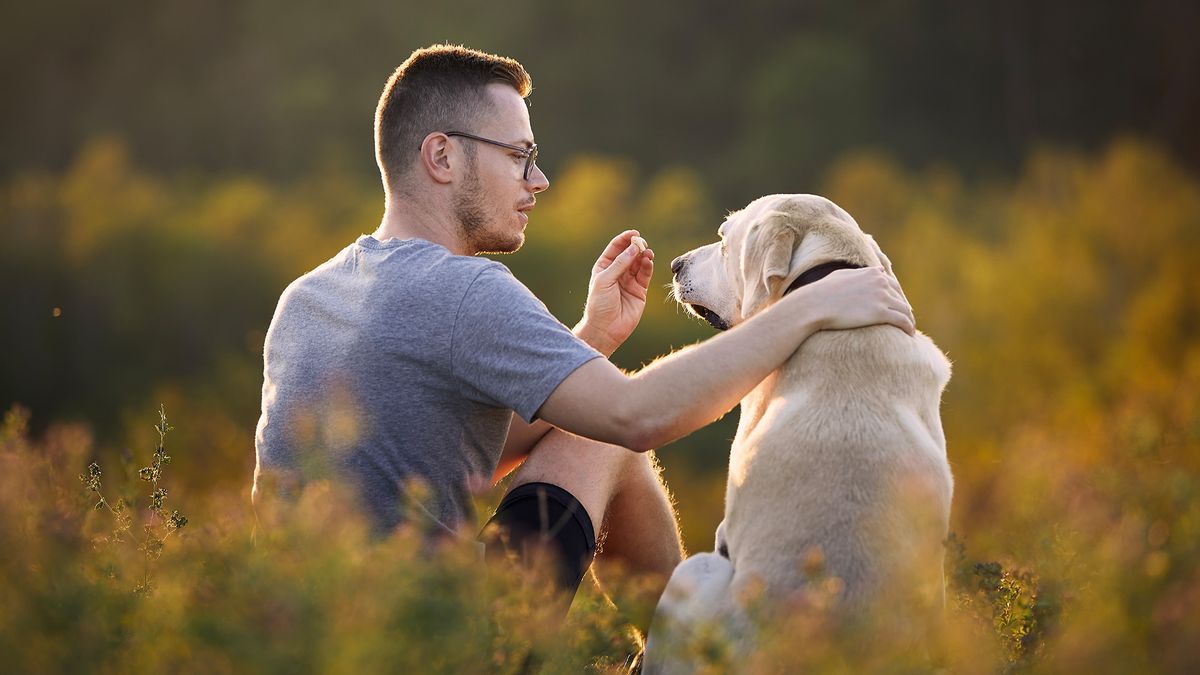
When it comes to training and working with our dogs, the best dog treats can be incredibly useful – though you probably won’t need us to tell you that!
However, could your dog be getting bored with the way you’re delivering the treats to them? The delivery of the treats can be just as important as the treats themselves, adding excitement, keeping your dog engaged, and reinforcing those behaviors you want to see.
Award-winning trainer Lisa Burton of Listen Dog Training has outlined four great treat-delivery methods to keep in mind in a recent Instagram post – which one will you try with your pup first?
A post shared by Lisa Burton | Listen Dog Training 💁🏻♀️🥇🐕 (@listendogtraining)
A photo posted by on
“It’s not what you feed, it’s the way you feed it,” explains Burton. “Your treat delivery technique can have a powerful impact on the outcome of your training.”
So, why not try one of the following?
1. From your hand
“This is great for rewarding behaviors that happen close to you, like loose-lead walking or a recall,” explains Burton. “It’s especially effective if your dog is comfortable taking food directly from your hand.”
2. Dropped on the ground
This encourages sniffing, and will help keep your dog busy as they search for tasty treats! Burton adds, “It’s also an excellent choice for dogs prone to jumping – after all, they can’t jump and eat from the ground simultaneously!”
PetsRadar Newsletter
Get the best advice, tips and top tech for your beloved Pets
3. Tossed away from you
“Bowling or tossing treats away from you can be used to reward dogs who aren’t comfortable coming too close, build excitement during training, or add an element of fun by turning food into a mini-game of chase,” says Burton. It’s also useful if you’re hoping to guide your dog into a specific position, like onto their mat or bed.
4. Rapid-fire feeding
This involves giving your dog a few small treats one after the other in quick succession. It’s ideal for situations when you want to keep your dog’s focus on you despite multiple distractions, you’d like to extend the duration of a behavior, or you’d like to build positive associations with something your dog might not enjoy – such as a visit to the vet.
Burton recommends mixing and matching these different techniques when training dogs with treats, too.
“For example, after a recall, you could offer a treat from your hand, toss one for a fun chase, then scatter a few on the ground for a sniffy reward” she suggests. “This variety keeps training interesting and enriching for your dog!”
As fun and rewarding as training is, it can be difficult sometimes, too. These practical tips for training your dog on your own could come in useful!

Adam is a freelance journalist specialising in pets, music and culture, and mental health and wellbeing. He investigates and writes the large majority of news on PetsRadar, and collaborates with veterinary experts to produce informative pet care content.
Adam has a journalism degree from Southampton Solent University and a masters degree in Magazine Journalism from Cardiff University. He was previously senior editor at dog advice website DogTime.com, and has also written for The Independent, GoodToKnow and Healthline.
He owns two rescue cats, Bunny and Dougie, and has also previously had a rabbit, fish and Roborovski dwarf hamsters.

